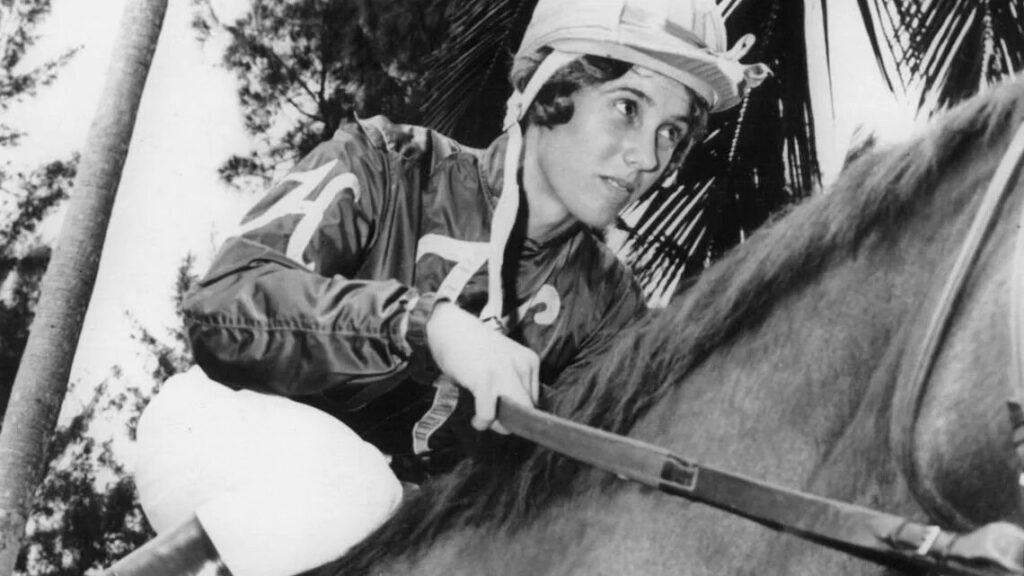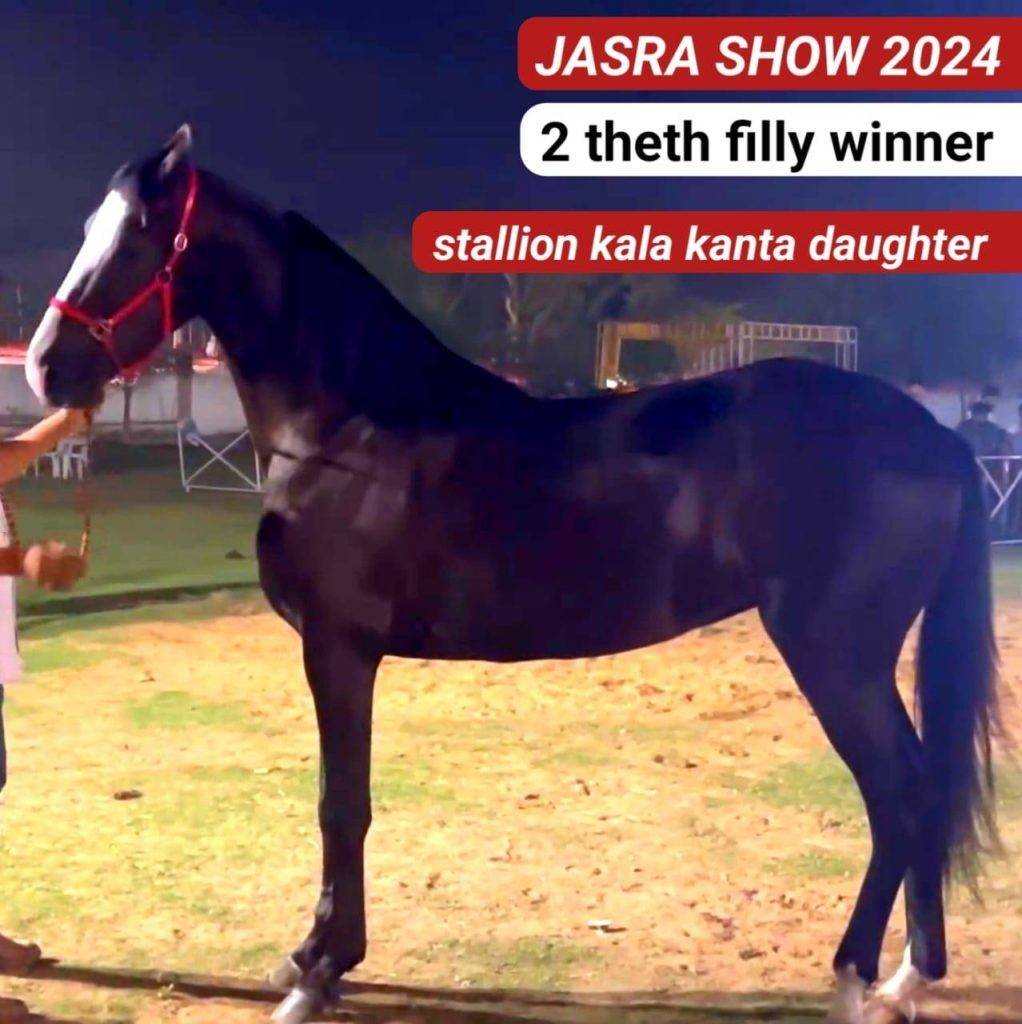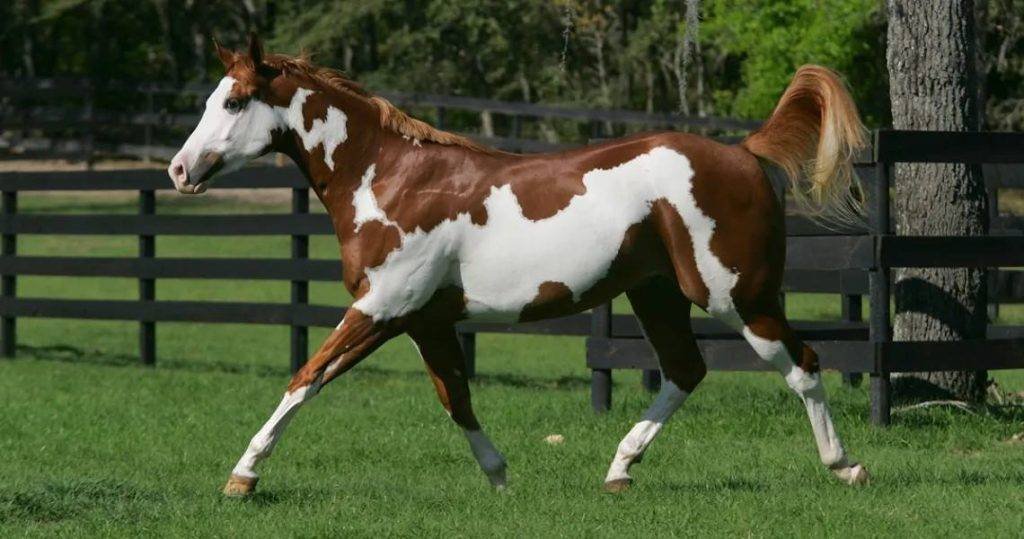For centuries, horse racing was viewed as a man’s sport — built on tradition, strength, and exclusivity.
But as the world changes, so too does the racetrack. Women, once sidelined as spectators or support staff, are now galloping full-speed into the spotlight, redefining what it means to be a champion in the sport of kings.
In 2025, the role of women in horse racing is no longer an exception — it’s an evolution. From jockeys and trainers to owners and racing executives, women are carving out space and making history.
A Brief History: From the Sidelines to the Starting Gates
The presence of women in horse racing dates back to the early 20th century, but their roles were largely invisible. While women cared for horses and even competed in unofficial events, they were often banned from professional races and denied licenses.

The breakthrough came in the 1960s and ’70s:
- 1969: Diane Crump became the first woman to ride in a professional pari-mutuel race in the U.S.
- 1970: She went on to become the first female jockey to ride in the Kentucky Derby.
- 1985: Julie Krone became a household name, eventually winning over 3,700 races and being inducted into the Hall of Fame.
These trailblazers paved the way for future generations to dream of standing in the winner’s circle.
Women in the Saddle: Jockeys Making Headlines
Though still a minority in the field, female jockeys in 2025 are proving that talent knows no gender. They’re not only competing — they’re winning.
Some modern standout jockeys include:
| Jockey | Notable Achievements |
|---|---|
| Hollie Doyle (UK) | Broke multiple records, including most wins by a female jockey in a year. |
| Jessica Pyfer (USA) | Voted Outstanding Apprentice Jockey. |
| Mickaëlle Michel (France) | International success in Japan, Korea, and Europe. |
Their fearless riding styles, intense discipline, and growing visibility are inspiring more young girls to pursue racing careers.
Beyond Jockeys: Women Leading from the Stables
While jockeys are the most visible faces in racing, women are also making massive strides as trainers, owners, breeders, veterinarians, and racing officials.
Key Roles Women Are Excelling In:
- Trainers: Women like Gai Waterhouse (Australia) and Linda Rice (USA) have trained top-tier winners and earned accolades for their tactical brilliance.
- Owners: Female-owned stables are on the rise, with partnerships and syndicates creating more inclusive investment opportunities.
- Breeders: Women are reshaping bloodline strategies, bringing scientific and emotional intelligence to the breeding process.
- Race Officials: From stewards to judges, women are taking on authoritative roles that guide the sport’s integrity.
In fact, several racing commissions around the world now have women in executive leadership, signaling a cultural shift within horse racing institutions.
The Barriers Still in Place
Despite progress, the path for women in horse racing isn’t without hurdles. Physical stereotypes, financial barriers, and institutional bias still linger in parts of the industry.
Common challenges include:
- Weight Bias: Female jockeys are often unfairly scrutinized over body image and strength.
- Limited Mounts: Women tend to receive fewer opportunities from top trainers, despite similar or better win records.
- Gender Pay Gaps: Prize distributions and sponsorships still favor male jockeys and trainers.
However, increased awareness and advocacy are creating more equitable tracks — literally and figuratively.
Changing the Culture: Media, Mentorship & Representation
In recent years, the cultural narrative around women in racing has shifted. More female-focused coverage, documentaries, and social media campaigns are amplifying women’s voices in the sport.
Influential Drivers of Change:
- Mentorship Programs: Organizations like Women in Racing (UK) and Thoroughbred Women offer networking, scholarships, and career development.
- Media Representation: Streaming platforms have highlighted female jockey stories, inspiring the next generation.
- Youth Engagement: Pony clubs, racing academies, and riding schools now actively promote inclusion and gender diversity.
The result? A more supportive pipeline for girls and women aiming to enter the racing world.
Women Breaking Records in Recent Years
Here’s a look at some record-breaking moments led by women in recent horse racing history:
| Year | Woman | Achievement |
|---|---|---|
| 2020 | Hollie Doyle | First woman to ride five winners in one day at a British racetrack. |
| 2021 | Rachael Blackmore | First woman to win the Grand National in its 182-year history. |
| 2023 | Kazzi Casey (Australia) | Youngest female trainer to win a Group 1 race. |
These achievements aren’t just inspiring — they’re historic.
Looking Ahead: The Future Is Female (and Fast)
As we look toward the next decade, it’s clear that women are not only participating in horse racing — they’re transforming it. With increasing access, media visibility, and institutional support, the question isn’t whether women belong in horse racing.
It’s how far they’ll go.
Racing is about heart, discipline, and the unspoken bond between horse and rider. These qualities know no gender. As more women rise through the ranks, the sport becomes not only more inclusive — but stronger, richer, and more inspiring.
From blazing trails in the saddle to commanding respect in the stables, women are reshaping the face of horse racing. Their presence adds depth, diversity, and dynamism to a sport that thrives on passion. The next champion jockey, revered trainer, or revolutionary breeder might be a young girl watching the races today.
And if history — and the present — are any guide, she won’t be waiting on the sidelines for long.




